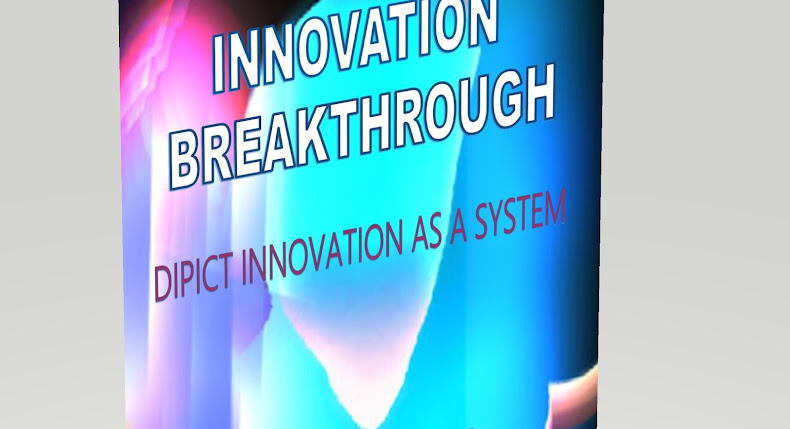People who can solve problems in a new way are the innovators.
Develop employees entrepreneurially: To be a super problem-solver, an individual's attitudes and beliefs are all valid within the context of his or her personal experience. Taking people through new experiences, exposing them to additional "data" through those experiences, and doing that very purposefully will create the opportunity to shift attitudes, beliefs, mindsets that ultimately will cultivate their problem-solving capabilities. Let them do things and problems solving in their own way to meet good results. Though the guide is needed at that crucial time, you will see the innovations in your company’s pipeline. Innovative skills and capabilities an organization always needs to depend on the circumstances the business is in. Management should direct workflow, support the health of the team, create an environment where people want to work, encourage brainstorming. Business innovation is bravery - it may take you to a whole other place.
Build a culture of problem-solving: You never know how innovative you might be in some field before encountering the problems and before the adoption of solutions. People who can solve problems in a new way are the innovators. What many see as innovation is actually problem-solving: a simple process of deduction to derive a solution drawing from knowledge, experience or a pool of data. Many organizations are not fertile ground for ideation, they hate taking risks and seldom learn from their mistakes; their internal politics and fears kill creative projects by means of senseless KPIs while they push down the innovation funnel. Whether an organization is more or less innovative depends on the clarity and precision with which its purpose is developed, understood and disseminated; and the extent to which people can buy into a realizable vision that contains the imperative to innovate. The negative reactions to the problems come from a state of distrust, disengagement, and disempowerment. All of the above make the innovation practice everything but simple. With a culture of learning and creativity, individuals will be more innovative if they are so passionate about the jobs that they live it on their own time (work-related hobbies, testing theories, products, and applications). If that kind of employee is working for you; not only do you have assurance, you are getting value for the compensation you are spending but get better results.
Establish the framework to apply creativity for problem-solving and managing innovation in a systematic way: There is a paradox in Innovation Management. People can learn several things relating to creativity and these can come under the heading of innovation management. For example, people can learn a process to define the innovation challenge, generate and select ideas, plan for these to be implemented. They can do this so that better ideas get tested quicker and learned about faster. Second, people can learn about their own problem-solving style. However, overly rigid innovation management processes kill innovation, because such management is about bureaucracy and innovation is about creativity. But it doesn’t mean the process is opposite to innovation. In order to solve problems and manage innovation in a systematic way, Innovation Management needs to set the guidelines, establish a framework to “keep focus” and apply efficient tools to improve innovation effectiveness (solving the right problems) and efficiency (solving them right).
It's a new paradigm shift - Digital is the age of innovation. There are a lot of things: both “hard” factors such as policy, process, performance, and “soft” factors such as culture, leadership, communication, etc., need to be weaved seamlessly in order to build an innovative organization with strong creative and collective problem-solving capability.












































0 comments:
Post a Comment